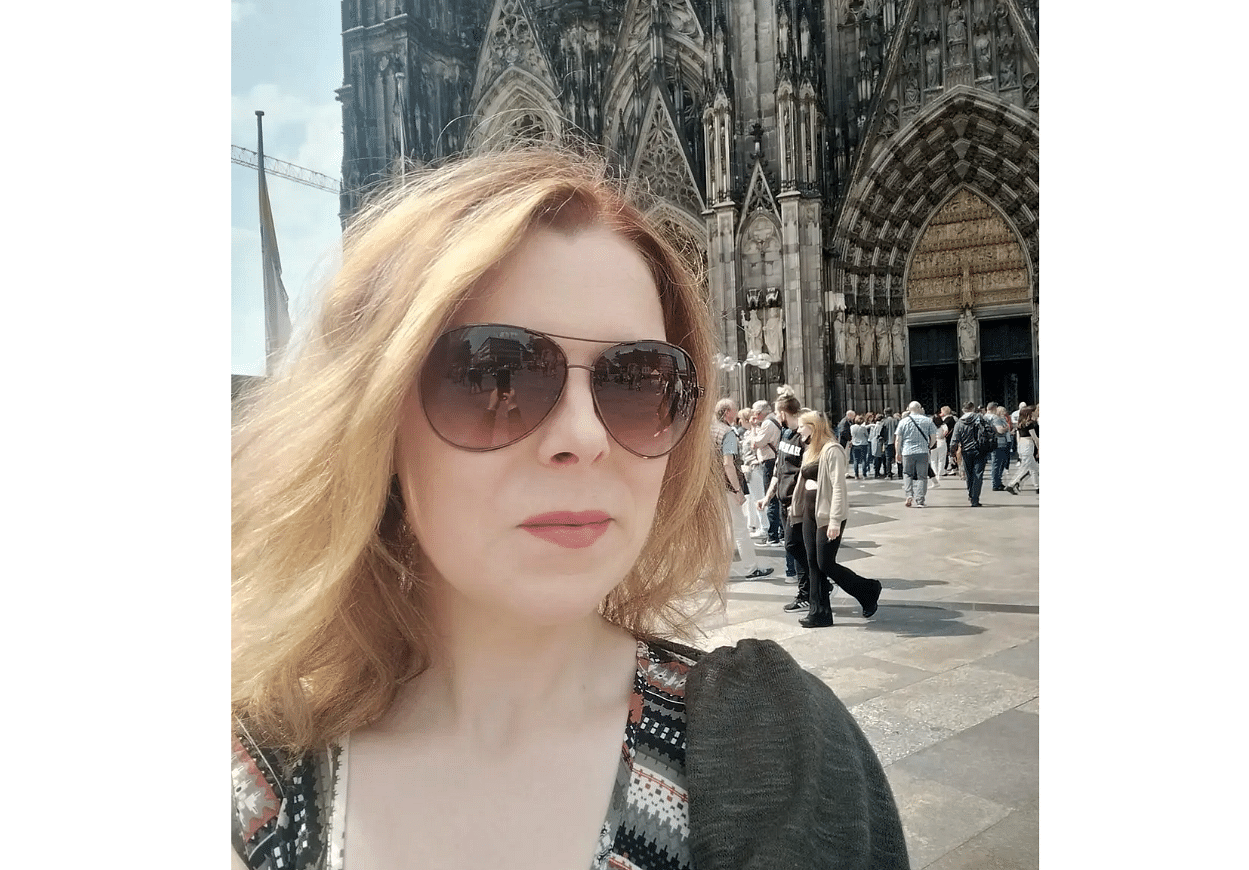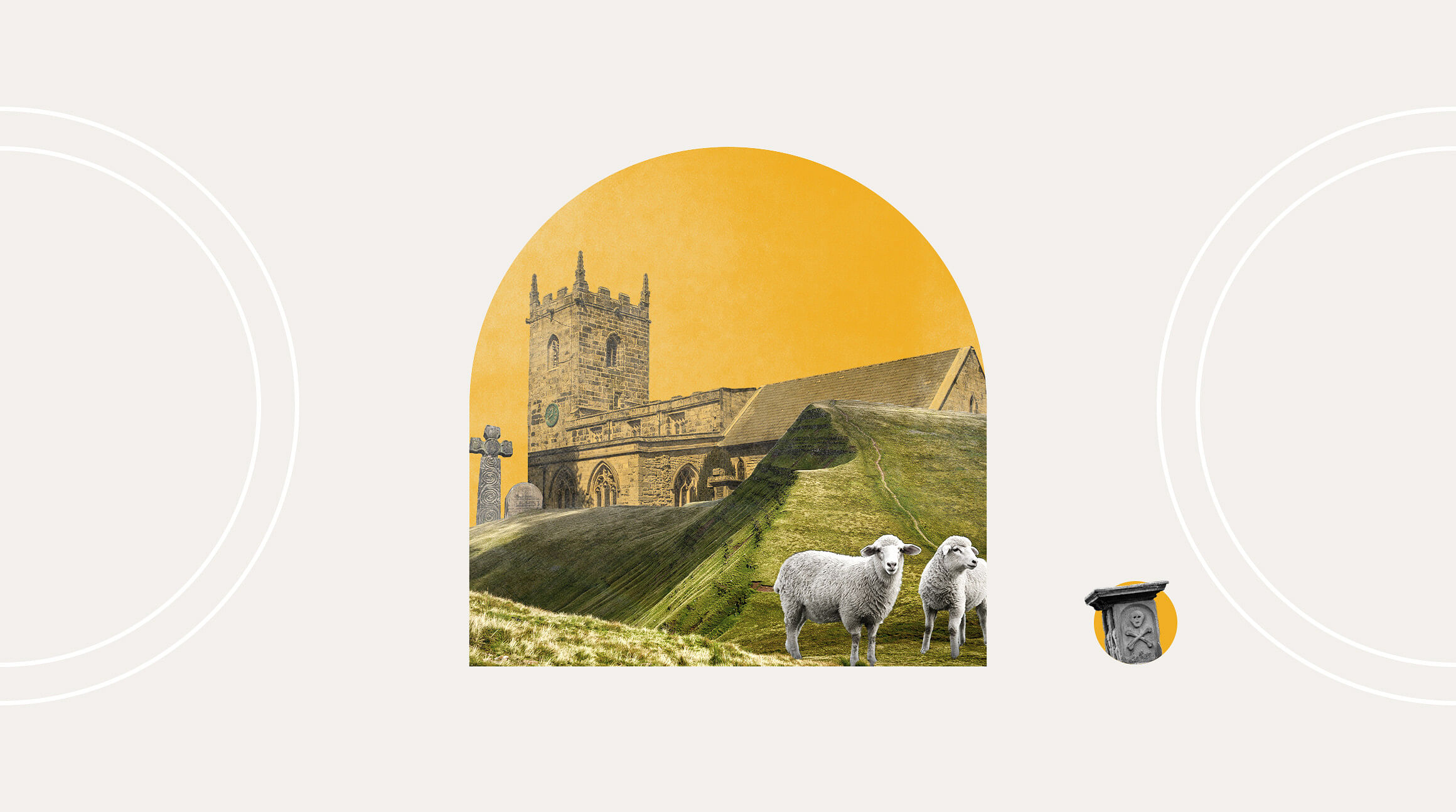
Nestled in the heart of England's Peak District, Eyam tells an extraordinary story of human courage.
This isn't just another picturesque English village. It's a place where tragedy met resistance, resulting in events that would change the course of history.
Would You Visit England's Plague Village?

Adobe Free Stock / Paul
Eyam, a small village in Derbyshire, is one of the most famous locations associated with the Great Plague of 1665.
The tale of the heartbreaking sacrifice made by its people almost 360 years ago continues to interest and draw visitors from around the world.
Known today as the Plague Village, Eyam is a chilling but powerful reminder of the lengths people will go to to protect others. Even if that means paying the ultimate price for it.
Why is the Plague Village of Eyam Significant?
In the summer of 1665, when the bubonic plague arrived in this small Derbyshire community, the residents faced a terrifying reality that would test the very limits of human compassion and community.
Rather than pack up and leave in a panic, the people of Eyam made a remarkable decision.
They agreed to quarantine themselves to prevent the disease from spreading to neighbouring villages.
Some might draw parallels with the more recent pandemic and consider Eyam's residents to be the original pioneers of social distancing.
What Happened to Eyam in 1665?
The story began when the village tailor, George Viccars, accepted a cloth delivery from London.
Little did he know that this shipment would trigger one of the most remarkable chapters of English history.
When Viccars unpacked the damp cloth and hung it by the fire to dry, he unknowingly unleashed a microscopic killer that would transform Eyam forever.
Within a week, Viccars was dead. The plague had arrived.
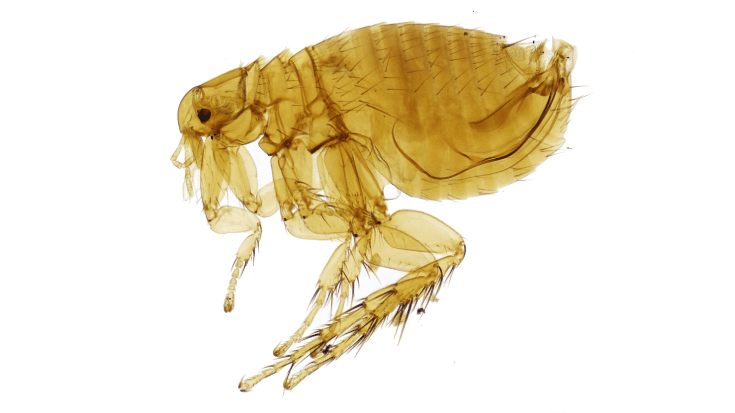
Olha Schedrina / The Natural History Museum - http://data.nhm.ac.uk/object/c11c05ab-189f-4a19-826f-873bbd04b3c6, CC BY 4.0, Link
Caused by the bacterium Yersinia pestis, harboured inside the Oriental rat flea, or Xenopsylla cheopis, the plague was thought to have spread via black rats and possibly body lice.
Both of which 17th-century England had plenty of.
When infected rats died, the fleas would jump to humans, biting them and transmitting the disease.
Unfortunately for George Viccars, the cloth he took delivery of was infested with fleas, sealing the fate of Eyam and its residents.
Within a week or two, Viccars death, followed by others in the household, caused villagers to put two and two together.
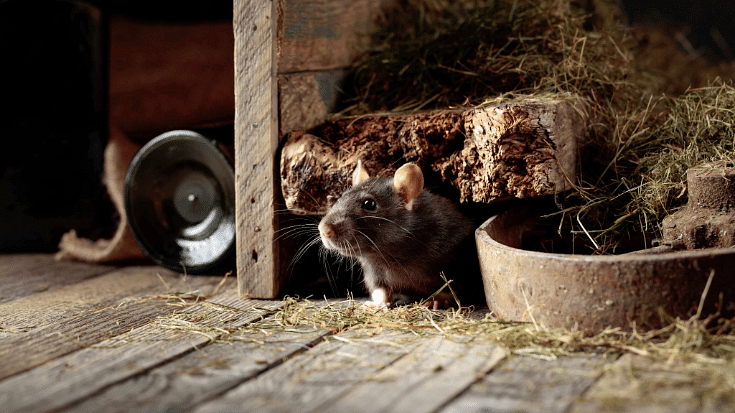
Adobe Free Stock / Igor Normann
As news of similar illnesses came from plague-ridden London, they quickly recognised the pattern.
But instead of panicking and running in all directions, which would have been the quickest way to spread the disease, the village's religious leaders, Reverend William Mompesson and Reverend Thomas Stanley, hatched a selfless plan.
They would quarantine the entire village to prevent the plague from spreading.
A Village Devastated by Disease
The scale of sacrifice is almost impossible to comprehend. Imagine knowing that by staying put, you're essentially signing your own death warrant.
Families watched their loved-ones die, with nothing for comfort but the knowledge that their actions were preventing wider infection.
The villagers established strict protocols. Infected families were isolated. The dead were buried by their own family members, often in their own gardens to curb the disease's spread.
Communication with the outside world was reduced to only the necessary.
Supplies were left at designated drop-off points, such as Mompesson's Well, where villagers could exchange goods and money without direct contact.
The impact of the disease on Eyam's 350 residents was devastating.
Approximately 260 of its residents died - almost three-quarters of the village's population.
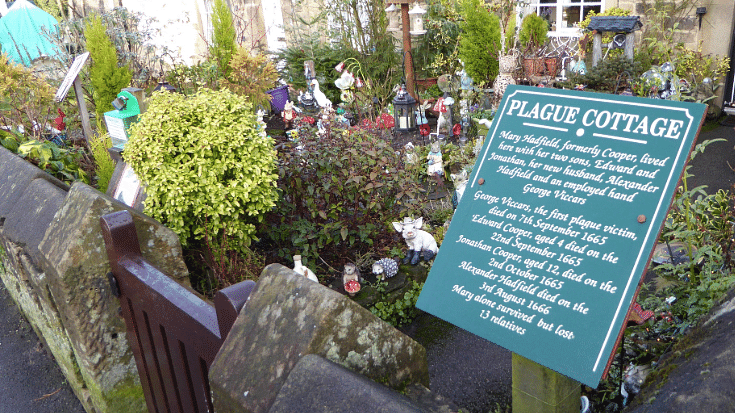
Image Owned by Author
And sadly, entire families perished.
Resident Elizabeth Hancock lost all six of her children, as well as her husband, all of who she had to bury herself.
Marshall Howe, who became the village's grave digger, lost his wife and children but survived.
A cruel twist of fate that meant he was left to bury his entire community.
Remedies for the Plague
When the plague came to Eyam, the only medicines the villages had were herbs, rose petals and blind hope.
Lacking knowledge of the disease, they turned to the tools of the time.
Herbs to sweeten the air, charms to ward off evil and vinegar-soaked cloths pressed to burning skin.
To us, living in a time of advanced science and medicine, these remedies will no doubt seem primitive.
But to the villagers of Eyam, they were the only means they had to defend themselves against this brutal disease.
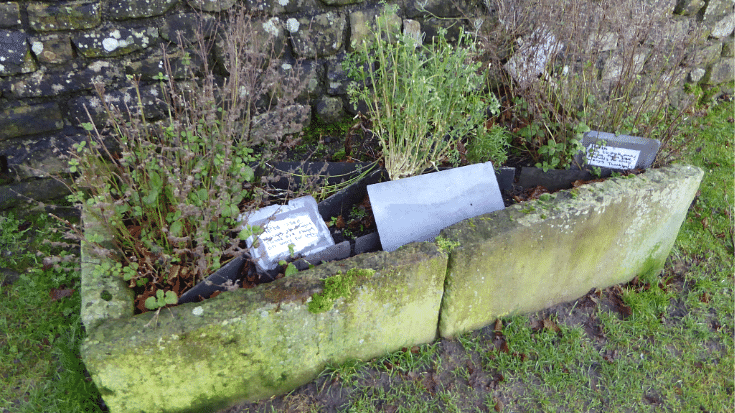
Herb beds that remain in Eyam today - Image Owned by Author
Vinegar became the village's closest thing to a vaccine.
It was poured into hollows in the stone boundary, where coins were dropped in exchange for food from the outside world.
A grim contactless delivery service, almost four centuries ahead of its time.
People bathed wounds in it, gargled it and even believed it could kill plague vapours outright.
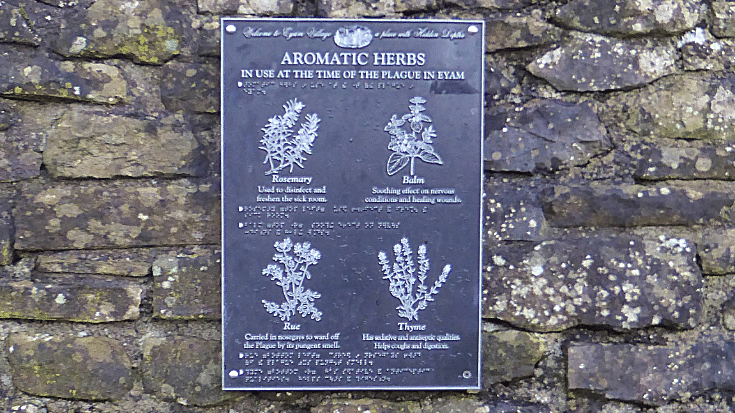
Image Owned by Author
Then came the truly desperate cures. Among them, bloodletting, leeches and pigeon carcasses applied to boils.
Remedies that sound more like dark magic than medicine.
Eyam didn't just suffer, it fought. And though the treatments were brutal, they tell a story of a village that fought to the last and refused to accept its fate quietly.
Visiting Eyam - More Than Just a Morbid Historic Tale
Although the plague village of Eyam has become known for its residents' heroic actions, the place isn't all about plague stories.
In 2025, this beautiful Peak District village has plenty to offer visitors.
There are any number of beautiful walks in the surrounding countryside for those who love their history with a side of stunning scenery.
Here are some of the best things to do in and around Eyam.
Eyam Museum
This treasure trove of local history, offers detailed exhibitions, interactive displays and makes for a truly gripping hour or two.
Mompesson's Well
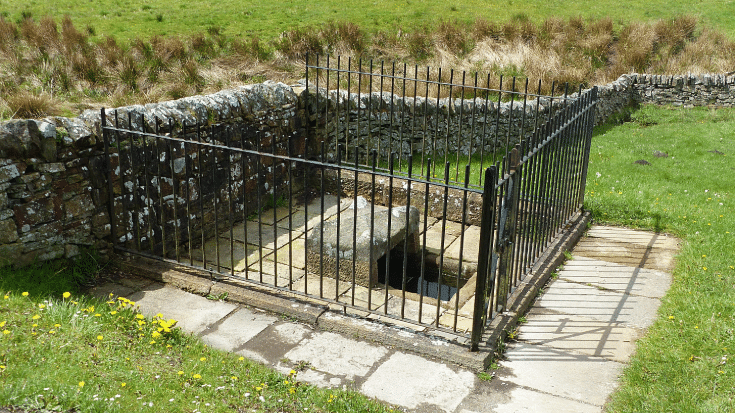
Mompesson's Well Today / Dave.Dunford - Own work, CC BY-SA 4.0, Link
The legendary spot where supplies and money were exchanged during quarantine still stands today and is protected with a Grade II listing.
Plague Cottage Trail
Walk past the cottages where families lived and died. Some have signs outside explaining their history and the extraordinary courage of their former inhabitants.
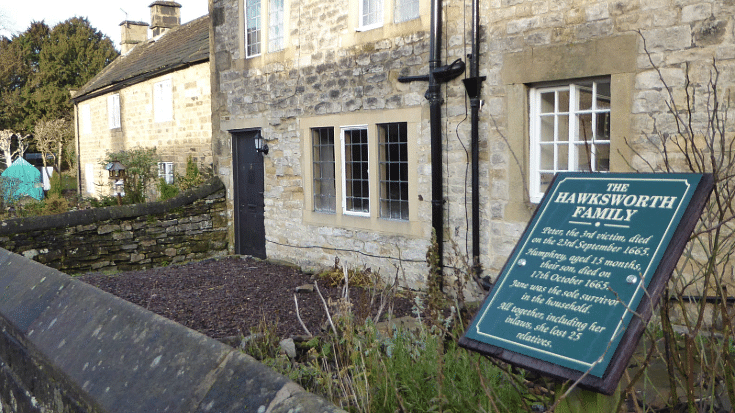
Image Owned by Author
Eyam Church and Churchyard
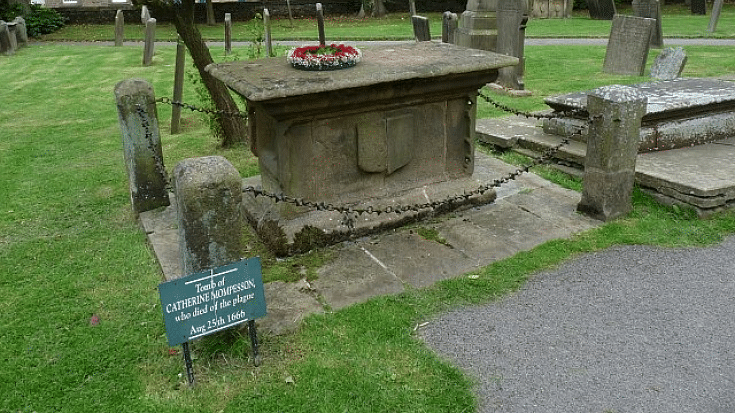
Catherine Mompesson's Tomb, Eyam by Robin Drayton, CC BY-SA 2.0, Link
The local churchyard is where many plague victims were buried.
Here, gravestones tell stories of entire families falling victim within a matter of weeks. A particularly poignant spot to sit and contemplate.
Explore Eyam's Surrounding Countryside
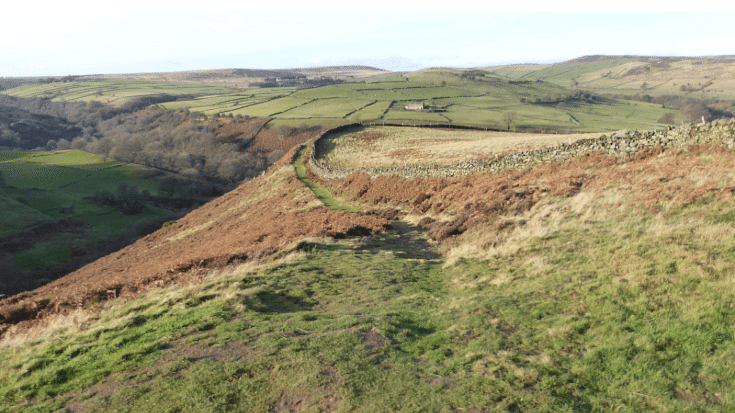
Image Owned by Author
Eyam Moor offers breathtaking views of the Peak District. It's the perfect antidote to the heavy history and nothing clears the mind like a good British ramble.
The famous Chatsworth House is also just a 15-minute drive away if you fancy a dash of aristocratic glamour.
Why Today's Travellers Are Embracing Eyam
Although it has obvious appeal for travellers fascinated by dark tourism, there's much more to Eyam than this.
It's a place that represents human resilience, resourcefulness and the power of community.
And, if you linger a little and explore the village like I did recently, you may come away with more optimism than doom and gloom.
Part historical site, part stunning landscape, one thing's for sure - Eyam isn't somewhere you'll forget in a hurry.
Stay Connected in Remote Places with a Travel eSIM
Let's be real - the Peak District isn't known for its seamless 5G coverage.
This is where eSIMs from Airalo become your travel BFF. Especially when visiting the UK from other countries.
No more hunting for local SIM cards or being floored by roaming charges.
Just visit the store, choose the data you want for the place you want, install and activate your eSIM and you're good to go off on your adventures.

